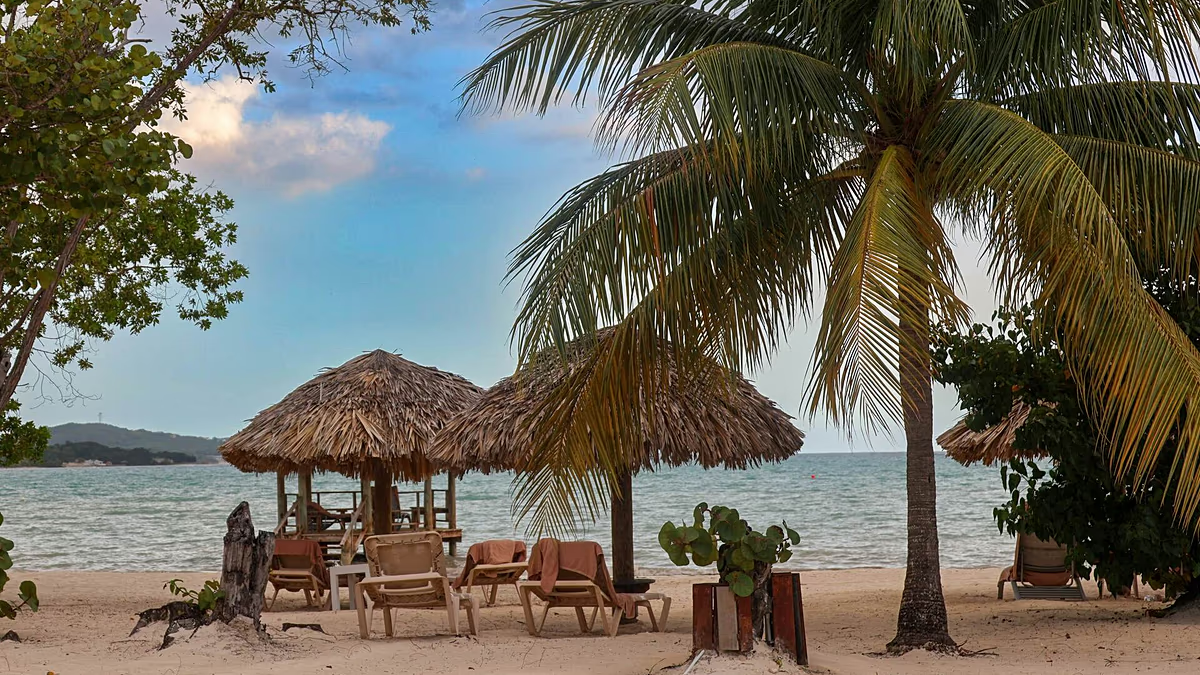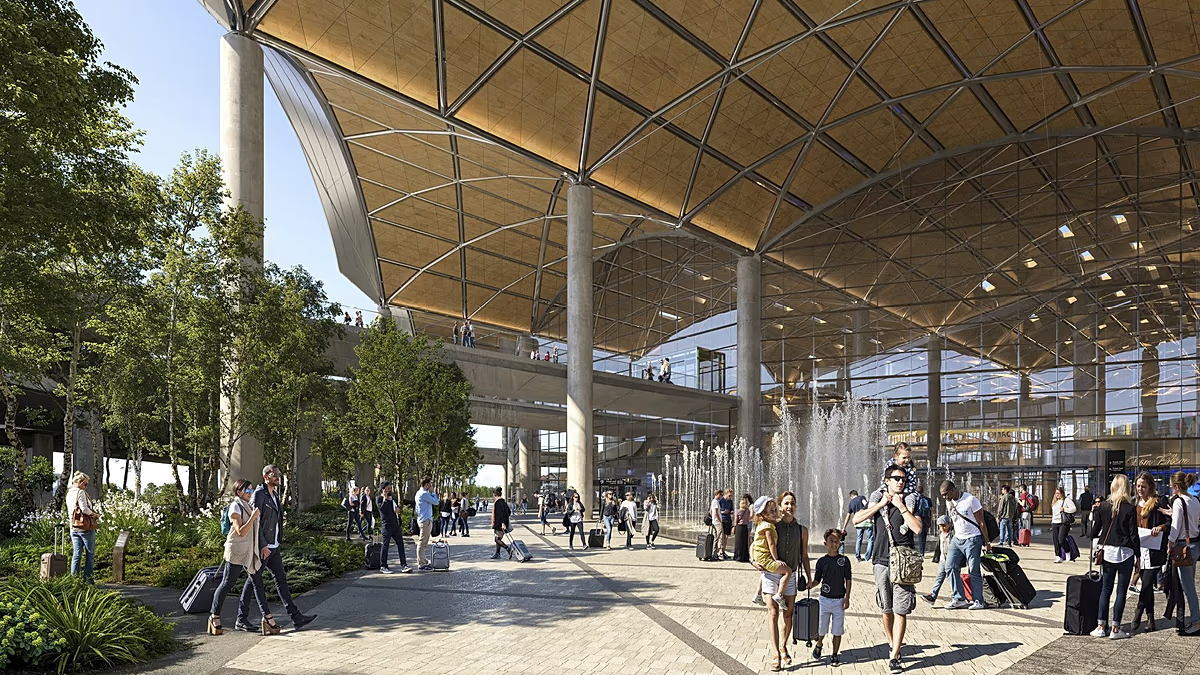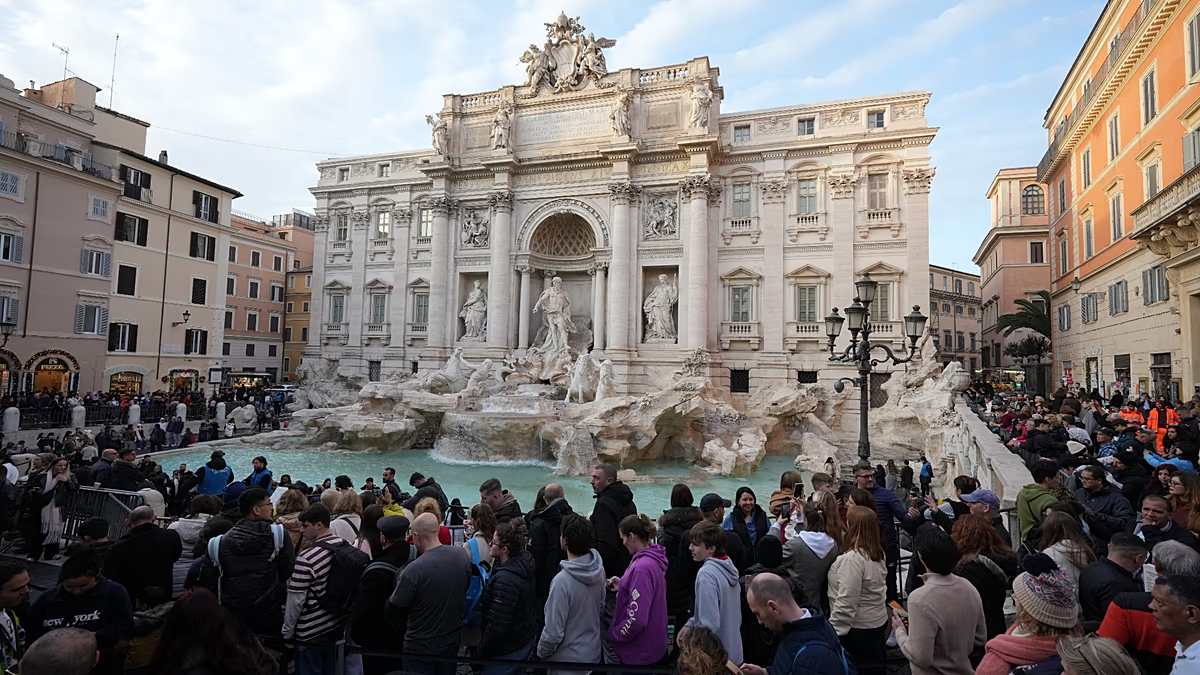Jamaica’s Determined Recovery: Tourism Sector Rebuilds After Hurricane Melissa
In the wake of Hurricane Melissa, a powerful Category 5 storm that struck Jamaica on October 28, 2025, the island nation is displaying remarkable resilience as it races to welcome winter tourists. The storm significantly impacted western Jamaica, leaving behind battered coastlines, damaged hotels, and widespread power outages affecting nearly half the island. Despite these challenges, Tourism Minister Edmund Bartlett has expressed confidence that Jamaica’s tourism sector will return to normal by December 15, marking the start of the island’s peak tourism season. This optimistic timeline underscores the critical importance of tourism to Jamaica’s economy, which accounts for 30 percent of the country’s GDP and supports approximately 175,000 jobs. Christopher Jarrett, head of the Jamaica Hotel and Tourist Association, emphasized the collective determination of the industry, noting that “every individual member who was affected is doing everything to get back up and running.”
Western Jamaica, known for its turquoise waters and laid-back retreats, bore the brunt of Hurricane Melissa’s fury. However, recovery efforts are already in full swing, with operators actively rebuilding roofs and clearing beaches. The tourist town of Negril was fortunate to escape major structural damage and is expected to recover quickly. Meanwhile, hotels in Kingston and Ocho Rios have pivoted to accommodate aid workers and volunteers, helping maintain employment for local staff during this challenging period. Many properties are offering substantial discounts ranging from 25 to 50 percent, with some even providing complimentary stays to attract visitors back to the island. This strategy demonstrates Jamaica’s commitment to revitalizing its tourism industry while acknowledging the ongoing recovery process.
Not all resorts will be able to welcome guests before the peak season begins. Sandals and Beaches Resorts, which operate eight all-inclusive properties across the island, have announced that three of their resorts will remain closed for repairs until late May 2026. However, their five other properties, including those in Negril and Ocho Rios, are scheduled to reopen by December 6, 2025, following the completion of necessary recovery work. Jamaica’s cruise ports are also gradually resuming activity, although initially not for traditional tourism purposes. Royal Caribbean and Carnival Cruise Line ships have already arrived in Falmouth and Ocho Rios, respectively, bringing essential emergency supplies including water, medical items, baby food, canned goods, and hygiene products. These humanitarian missions represent the first return of large vessels to Jamaican ports since the hurricane, with passenger cruises expected to resume by mid-December as cruise lines collaborate with the government to ensure port and visitor infrastructure readiness.
The urgency behind Jamaica’s recovery efforts reflects the profound impact Hurricane Melissa has had on the livelihoods of thousands of tourism workers. Patricia Mighten, a hotel housekeeper from the western parish of Hanover, poignantly described the situation: “With some of the hotels closed and most of the tourists gone, many of us are left without work. This storm didn’t just destroy buildings; it shattered jobs and incomes for many of us and our families.” Similarly, Desrine Smith, a craft vendor from Falmouth in the northwestern parish of Trelawny, highlighted the immediate economic consequences of the disaster: “Going days without tourists coming to buy anything means no sales and no money. We survive on daily earnings, and now everything is uncertain.” These testimonies underscore the human dimension of the disaster, revealing how the hurricane has disrupted not just physical infrastructure but the economic security of countless families dependent on tourism.
While recovery efforts continue at a rapid pace, significant challenges remain. Emergency responders are still working to access 25 isolated areas in western Jamaica, with helicopters dropping food supplies to communities cut off by the storm. Nearly half of all power customers remain without electricity, a sobering reminder of the hurricane’s destructive force. Nevertheless, progress is evident in key areas of Jamaica’s tourism infrastructure. All international airports have reopened and resumed commercial flights, although travelers should anticipate potential delays and last-minute changes as operations continue to normalize. This reopening represents a crucial step in Jamaica’s journey toward recovery, facilitating the return of international visitors and supporting the resumption of tourism activities across the island.
As Jamaica approaches the beginning of its high tourism season in mid-December, visitors should prepare for a landscape still bearing the marks of Hurricane Melissa’s passage. Repair work will likely be visible in the hardest-hit areas, and some amenities may not be fully operational. However, these physical reminders of the storm stand in contrast to the undiminished warmth and hospitality that have long characterized the Jamaican tourism experience. The island’s determination to rebuild and welcome visitors back is a testament to the resilience of its people and the vital importance of tourism to its economic well-being. Despite the challenges posed by Hurricane Melissa, Jamaica is steadfastly working to ensure that winter holidaymakers will find not just beautiful beaches and comfortable accommodations, but also a nation deeply grateful for their return and support during this period of recovery and renewal.












